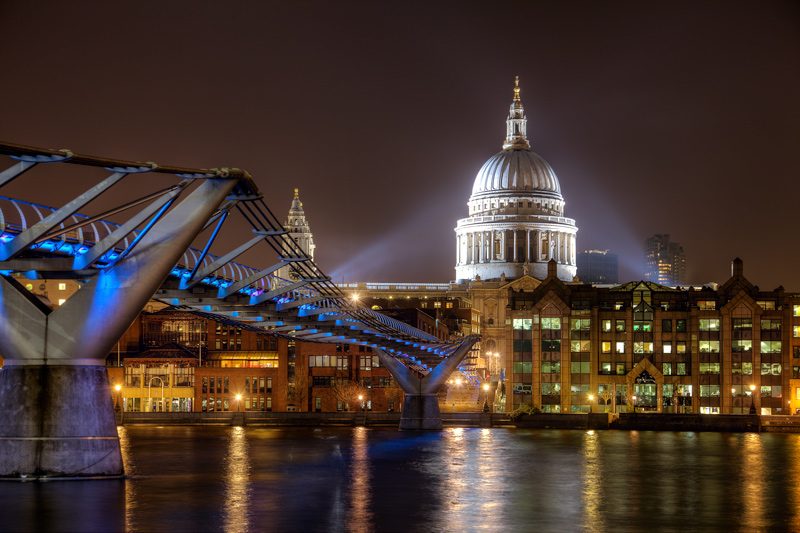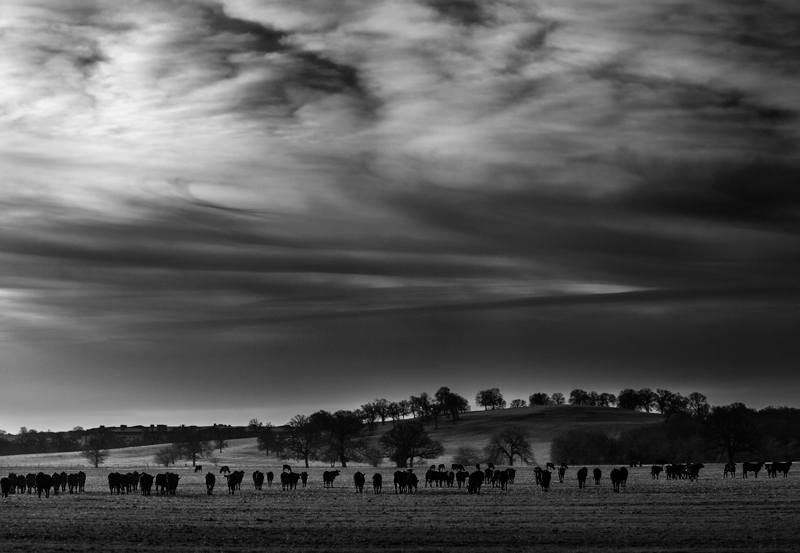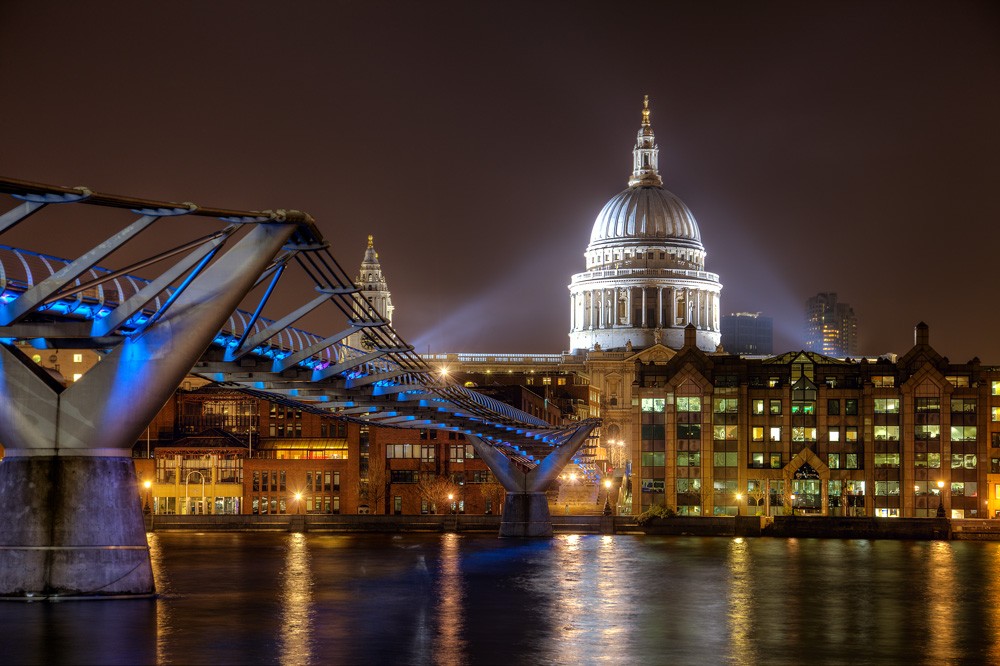 I will start this article by stating my belief that composition is the most important aspect of photography. I don’t think composition is “an” important part of photography. I think it is “the” most important aspect. It is what we should all spend a disproportionate amount of time thinking about.
I will start this article by stating my belief that composition is the most important aspect of photography. I don’t think composition is “an” important part of photography. I think it is “the” most important aspect. It is what we should all spend a disproportionate amount of time thinking about.
We Worry About Everything But Composition in Photography
But we don’t. Instead, a lot of us spend all our time looking at gear. We are consumed with megapixels, sharpness, and low-light performance. If you spend any time at all talking with a photographer, and that is what you will talk about.
Most of us get beyond that. We start looking at ways to make the perfect exposure. Then we start looking at different kinds of light. And contrast. And dynamic range. We learn lots of techniques for mastering these issues. All of that is very important.
Many of us also move on to an obsession with getting tack sharp pictures. Or making the perfect print. And so on.
In other words, we spend most of our time as photographers worrying about everything BUT composition.
And yet, I’ll repeat it: Composition is the most important aspect of photography.
Why Composition Trumps Everything Else
To demonstrate the importance of composition, consider this:
- You can take the sharpest picture in the world.
- It can be exposed beautifully.
- It can be printed wonderfully.
- It can have all the tonal values in the spectrum, and be full of contrast.
- It can have perfect colors.
The picture can have all of that stuff, but if the composition is not interesting, the picture is a failure. A viewer won’t give it a second glance; nor should they. None of that other stuff matters if the composition is poor. The world is full of beautifully exposed snapshots that nobody cares about. Nothing can overcome a poor composition.
As viewers, we only start looking at other things like exposure, lighting, and technical stuff if the composition draws us in. Nobody ever says “This is a boring and off-balance picture, but I really enjoy the sharpness and tonal range.” No, if the composition is poor, the viewer won’t even get to that stuff. Our eyes move beyond an uninteresting picture in a split second.
Conversely, if you have an interesting composition, other sins will be forgiven. We have all seen great photos that are not tack sharp throughout. The exposure can also be slightly off and still be great. Many of the old masterpieces have significant amounts of blur and grain, and yet they are still great. Great photos can have blown highlights and shadows that have gone completely black. Virtually all of the things we worry about will be forgiven if it is an interesting subject and composition.
No Help for Composition
Poor composition cannot be fixed. Sure, you can crop the photo a little bit to give it a better sense of balance or perhaps focus more on your subject. But a snapshot will remain just that no matter what you do in Photoshop. You can tone down blown highlights in Lightroom. You can enhance color in LAB. You can even fix a slightly fuzzy picture with some sharpness and clarity. But you cannot fix composition.
Not only that, but composition is the one area where our modern cameras and computers offer no assistance. The camera offers great assistance when it comes to exposure. We have Auto and Program exposure modes that will expose the photo for you. In addition, autofocus can focus your picture for you. Once you have your picture at the computer, Photoshop can automatically set your contrast (auto contrast) and fix your colors (auto color). What’s more, you can just apply a Lightroom preset to achieve a look you like. But when it comes to composition, all these tools are no help. You are completely on your own.
Why We Don’t Focus on Composition
All this is well known to many photographers. But why don’t we worry about composition then? Why are there a million resources on using Photoshop, and using your camera, and learning exposure, and even on artistic expression and creativity?
I’m not saying this other stuff isn’t important. Critically important even. If you overexpose a picture to a great extent, it is ruined. If your picture is blurry, it is ruined. But there just isn’t anywhere near the same level of resources on composition.
I don’t mean to lob stones at others about this either. I’m guilty of it. As I type this, I have 79 articles on this website. Many of the articles and two of the Guides are about gear. Many other articles are about aspects of exposure. I also have several articles and many videos about using Photoshop and Photoshop Elements. But what do I have about composition – which I am sitting here telling you is the most important thing in photography? Not much. A few quick tips and a nod to the Rule of Thirds.
So why is this?
I think it is because composition is such a difficult subject to talk about. It can be difficult to explain. It is sometimes difficult to articulate why one composition is good and another one is not.
Our brains like concrete things. That is why even photographers that know that gear does not make that much of an impact on good photography will, when they get together, inevitably start discussing gear. They will never discuss a fuzzy concept like composition.
Composition is difficult to write about as well. Most avoid it. Those authors that decide to tackle the subject of composition almost inevitably move immediately to concrete concepts within the realm of composition like leading lines, the Rule of Thirds, or the use of different shapes.
These are important concepts within the universe of composition, but of course they don’t actually tell us how to compose a picture. And that leads to a problem for those trying to learn how to compose a picture. Most people trying to learn how to compose a picture don’t have a process for thinking about composition. Instead, they have a bunch of stuff about lines and shapes in their head – but no overall framework. The closest thing is the Rule of Thirds, but that is only a part of the overall picture.

Toward a Framework for Composition
Even when I recognized the need for more composition materials on Outdoor Photo Academy, I immediately started thinking about articles about framing, or using leading lines, shapes, etc.
But that is all stuff you use some of the time, and I want to give you a process to use all of the time. I think what is needed is a process for you to use as you take a picture. I think you need a sort of checklist to run through as a framework to ensure you are getting a good composition.
Then, when we get into discrete concepts like the Rule of Thirds, the use of lines and shape, framing, and other compositional elements, you can apply them within this overall framework. More importantly, you can also do it at the time of shooting, when the composition actually happens.
So that is what we will do next. I will try to give you a framework for thinking about composition when you are out shooting. After that, you will be ready to fill that in with other concepts.
So I hope I have convinced you of the importance of composition to your photography. It is a middle step that is often overlooked. Too often go from “read the manual” and then instantly start looking for ways to be creative. Before you get to creativity, you need to master the elements of composition. Get familiar with the process, and when it comes time to get creative, these principles will be ingrained in your photography so you won’t even think about them. Your pictures will benefit.
Ready to dive in? If so, let’s head to the framework.

